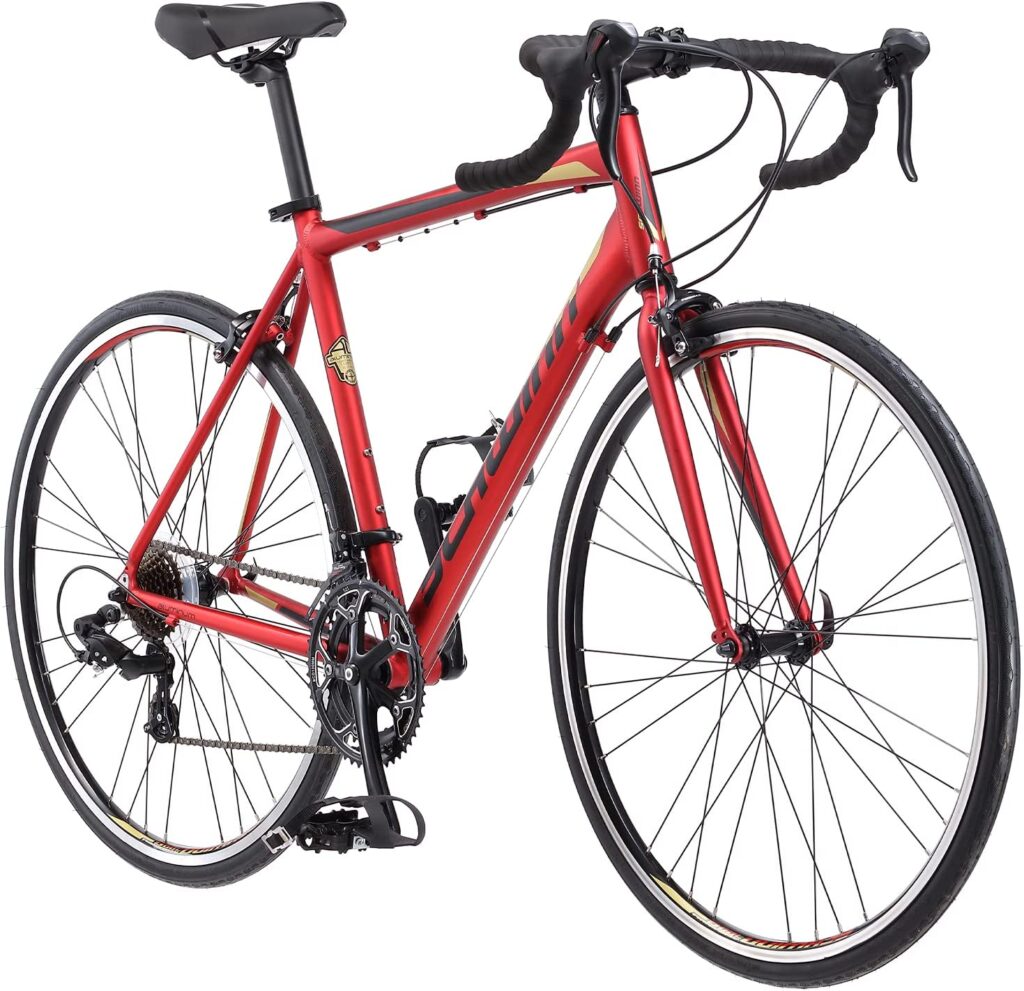Advanced Road Cycling: How To Master Riding Techniques
I love the exhilaration of advanced road cycling—the wind rushing through my hair, the freedom of the open road, and the sheer joy of pushing my body to new limits. It’s a pursuit that combines physical prowess, mental agility, and a deep passion for cycling. As an avid enthusiast and experienced rider, I believe that mastering riding techniques is essential to unlocking the full potential of advanced road cycling. In this article, I will share valuable insights, tips, and suggestions to help you become a master of riding techniques.
Introduction
Road cycling is more than just pedalling—it’s an art form that requires finesse, skill, and precision. As you progress in your road cycling journey, it’s crucial to embrace the significance of mastering riding techniques. By honing these skills, you will not only enhance your performance but also improve safety and overall enjoyment.
Understanding Bike Handling
One of the fundamental aspects of becoming a proficient road cyclist is understanding bike handling. Balancing and steering with finesse are essential for maintaining control and stability. By practicing and gradually pushing your limits, you can develop the necessary skills to handle your bike with confidence.
Cornering is another critical skill that separates average riders from exceptional ones. Proper technique, including body positioning, line selection, and weight distribution, allows you to navigate corners smoothly and efficiently. With practice, you’ll gain the confidence to take on challenging turns and maximize your speed.
Climbing with Confidence
Climbing can be both physically and mentally demanding, but with the right technique and mindset, you can conquer even the steepest of ascents. Finding the right rhythm and cadence is crucial for maintaining momentum and conserving energy. Additionally, pacing yourself and using proper gearing will help you tackle long, gruelling climbs with ease.
Descending with Control
Descending at high speeds can be exhilarating, but it also requires a keen sense of control and awareness. Learning to maximize your speed while maintaining safety is essential. By adopting the correct body position, looking ahead, and using your brakes judiciously, you can confidently navigate downhill stretches and make the most of gravity.
Mastering Gear Shifting
Efficient gear shifting is a fundamental skill that can greatly enhance your road cycling experience. Understanding when to shift gears and how to utilize them effectively is crucial for maintaining an optimal cadence and maximizing power output. Practice gear changes in various terrains to develop a seamless shifting technique.
Enhancing Braking Skills
Braking is an often-overlooked aspect of road cycling, but it plays a crucial role in safety and control. Mastering braking techniques for different scenarios, such as emergency stops or navigating sharp turns, is essential. Understanding the proper brake distribution between the front and rear wheels and modulating your braking force will allow you to stop quickly while maintaining stability.
Perfecting Pedalling Technique
Pedalling is the driving force behind road cycling, and mastering your pedalling technique can significantly improve your efficiency and reduce fatigue. Focus on maintaining a smooth and circular pedal stroke, applying force throughout the entire revolution. Practice pedalling drills to develop a more powerful and efficient pedal stroke.
Maintaining Balance and Stability
Balance and stability are paramount in road cycling, especially when navigating challenging terrains or encountering obstacles. Proper body position, weight distribution, and core stability are key factors in maintaining balance. By practicing balance exercises and developing your core strength, you’ll become more confident and capable on the bike.
Handling Different Terrains
As an advanced road cyclist, you’ll encounter various terrains, including rough surfaces, gravel roads, and uneven pavement. Adapting to these conditions requires skill and technique. Learn to adjust your body position, relax your grip on the handlebars, and maintain a consistent line. By mastering these adjustments, you’ll ride with confidence and control, regardless of the road conditions.
Conclusion
Mastering riding techniques is an ongoing journey that requires dedication, practice, and a love for the sport. By embracing the art of advanced road cycling and continually refining your skills, you’ll unlock new levels of performance and enjoyment. Remember to always prioritize safety, seek guidance from experienced riders, and never stop exploring the vast possibilities of the open road.
FAQs
1. How long does it take to master riding techniques in road cycling?
Mastering riding techniques in road cycling is a continual process that varies from individual to individual. It depends on factors such as dedication, practice frequency, and prior cycling experience. With consistent effort and focus, you can significantly improve your riding techniques within a few months.
2. What should I do if I feel uncomfortable while cornering?
If you feel uncomfortable while cornering, start by practicing in a controlled environment such as an empty parking lot or a quiet road with gentle turns. Gradually increase your speed and lean into the corners, focusing on proper body positioning and weight distribution. Seek guidance from experienced riders or consider taking a cycling skills course for additional support.
3. Is it necessary to use clipless pedals to improve pedalling technique?
While clipless pedals offer advantages such as improved power transfer and efficiency, they are not mandatory for improving pedalling technique. Focus on developing a smooth and efficient pedal stroke, regardless of the type of pedals you use. Regular practice and pedalling drills will help you enhance your pedalling technique.
4. Can I apply these riding techniques to other cycling disciplines, such as mountain biking?
Many of the fundamental riding techniques discussed in this article can be applied to other cycling disciplines, including mountain biking. However, keep in mind that each discipline may have specific techniques and considerations. If you’re venturing into other cycling disciplines, it’s beneficial to seek guidance from experienced riders or coaches within those disciplines.
5. How important is bike fit in mastering riding techniques?
Bike fit plays a crucial role in comfort, efficiency, and overall performance. A properly fitted bike ensures proper body alignment and reduces the risk of discomfort or injuries. Consult with a professional bike fitter to ensure that your bike is adjusted to your unique body proportions and riding style. A good bike fit provides a solid foundation for mastering riding techniques.
In conclusion, mastering riding techniques in advanced road cycling is a continuous journey that requires dedication, practice, and a willingness to push your limits. By understanding bike handling, climbing and descending with confidence, perfecting gear shifting and braking skills, and honing your pedalling technique, you’ll become a skilled and proficient road cyclist. Embrace the challenges, seek guidance from experienced riders, and enjoy the rewards of becoming a master of riding techniques.



